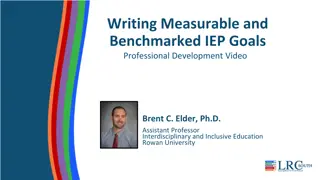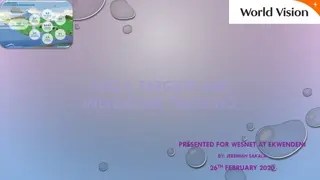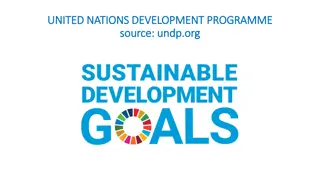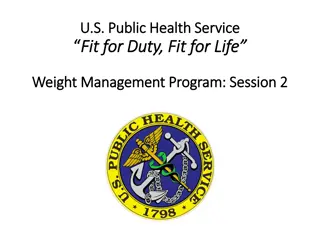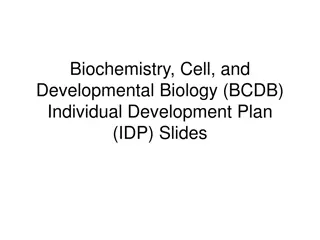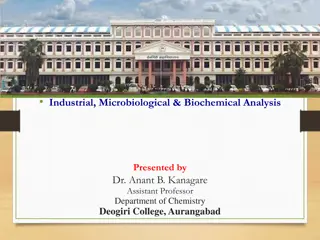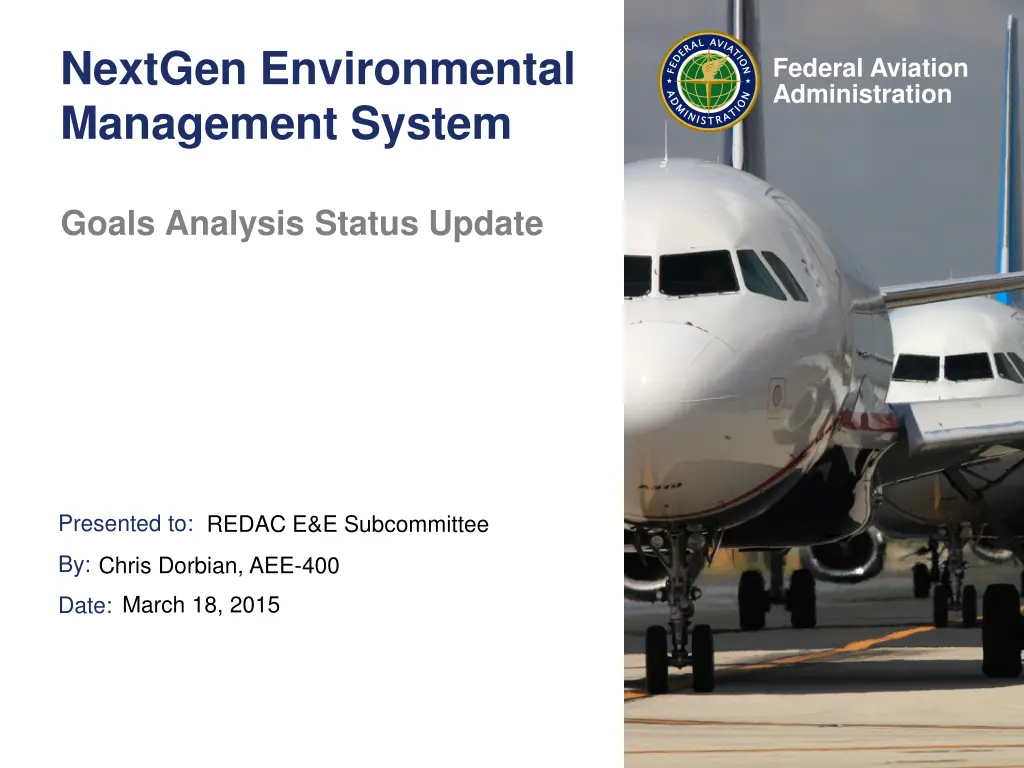
Aviation Environmental Management System Goals and Progress
Explore the Federal Aviation Administration's environmental goals and analysis status, focusing on climate, energy, noise, air quality, and alternative fuels. Learn about the current processes and latest results in achieving carbon-neutral growth and reducing aviation's environmental footprint.
Download Presentation

Please find below an Image/Link to download the presentation.
The content on the website is provided AS IS for your information and personal use only. It may not be sold, licensed, or shared on other websites without obtaining consent from the author. If you encounter any issues during the download, it is possible that the publisher has removed the file from their server.
You are allowed to download the files provided on this website for personal or commercial use, subject to the condition that they are used lawfully. All files are the property of their respective owners.
The content on the website is provided AS IS for your information and personal use only. It may not be sold, licensed, or shared on other websites without obtaining consent from the author.
E N D
Presentation Transcript
NextGen Environmental Management System Federal Aviation Administration Goals Analysis Status Update Presented to: REDAC E&E Subcommittee By: Chris Dorbian, AEE-400 March 18, 2015 Date:
Goals and Targets Background FAA Goal Category Climate FAA Performance Metric* Aviation Environmental and Energy (E&E) Goals U.S. Climate Action Plan, E&E Policy Statement Noise, air quality, climate, and energy Goals Analysis Forecasting progress against FAA performance goals using AEDT System Improvements scenario considers improvements from operations, technology, and alternative fuels Carbon neutral growth, starting in 2020, relative to the 2005 emissions level 1 billion gallons of renewable jet fuel used by aviation by 2018 Energy: Alternative Fuels Energy: Energy- Efficiency Notional annual improvement of 2% NAS-wide using metric of fuel burned per revenue tonne kilometers (kg/RTK) Less than 300,000 people exposed to significant aircraft noise by 2018 Minimize aviation air quality impacts, notwithstanding aviation growth Noise Air Quality * Goals are subject to revision based on Administrator s strategic priorities Federal Aviation Administration 2
Current Process Scenario Airframe and Engine Tech Assumption Operational Improvements Assumption Alternative Jet Fuels Assumption Operational efficiency fixed at 2010 levels Conventional jet only Baseline - - No post-2010 technology In-production (2010) technology for 100% of fleet growth and replacement PARTNER P36 (EDS Assessment of CLEEN Technologies) Includes CLEEN-funded tech as well as NASA N+1 and N+2 tech Unimpeded, laterally-direct travel Derived from One Billion Ton Study (US DOE) - 1/3rd of available biomass AJF - 75% LC-CO2 reduction System Improvements Federal Aviation Administration 3
Latest Results Moderate Airframe/Engine Improvements and Alternative Jet Fuels Life-Cycle CO2e (Indexed to 2005) 200 Estmtd. ('11-'13) Historical ('05-'10) Baseline Scenario Operational Improvements 150 Airframe and Engine Improvements Alternative Fuels Percent of 2005 level 100 Aspirational Goal Benchmark: Baseline Scenario with "Business Case for NextGen" OIs effect Combustion / tailpipe CO2e 50 3.6 billion gallons, 0.25 LCA value 5.5 billion gallons, 0.25 LCA value Non-combustion / non-tailpipe CO2e Extrapolated (2041-2050) Projected (2014-2040) 0 2005 2010 2015 2020 2025 2030 2035 2040 2045 2050 Year Federal Aviation Administration 4
Latest Results Aggressive Airframe/Engine Improvements and Alternative Jet Fuels Life-Cycle CO2e (Indexed to 2005) 200 Historical ('05-'10) Estmtd. ('11-'13) Baseline Scenario Operational Improvements 150 Airframe and Engine Improvements Alternative Fuels Percent of 2005 level 100 Aspirational Goal Benchmark: Baseline Scenario with "Business Case for NextGen" OIs effect Combustion / tailpipe CO2e 11.5 billion gallons, 0.25 LCA value 50 17.25 billion gallons, 0.25 LCA value Extrapolated (2041-2050) Projected (2014-2040) Non-combustion / non-tailpipe CO2e 0 2005 2010 2015 2020 2025 2030 2035 2040 2045 2050 Year Federal Aviation Administration 5
Noise Study: Work Plan Baseline Scenario: 2010 Datum (complete) Baseline Scenario Trends Phase-outs and stringencies Improvement Scenario Trends Moderate Technology Improvement Aggressive Technology Improvement Results expected mid-2015 Federal Aviation Administration 6
Proposed Future Analysis Process and Linkages Federal Aviation Administration 7
Backup Slides Federal Aviation Administration 8
Validation of Recent Fuel Consumption Trend Results* * Preliminary -- please do not cite or quote Fuel Consumption 60 59 58 U.S. EIA Jet Fuel Consumption 57 56 Fuelburn (Mt) 55 Modeled (Only Flights with U.S. Origin) 54 53 52 Estimated 51 50 2010 2011 2012 2013 Year Federal Aviation Administration
Technology Adoption Rates: Airframe and Engine Improvements Assumptions 25,000,000 20,000,000 15,000,000 2010 In-Service Fleet In-Production (2010) Technology Flights N+1 10,000,000 N+2 5,000,000 0 2005 2010 2015 2020 2025 2030 2035 2040 Federal Aviation Administration





